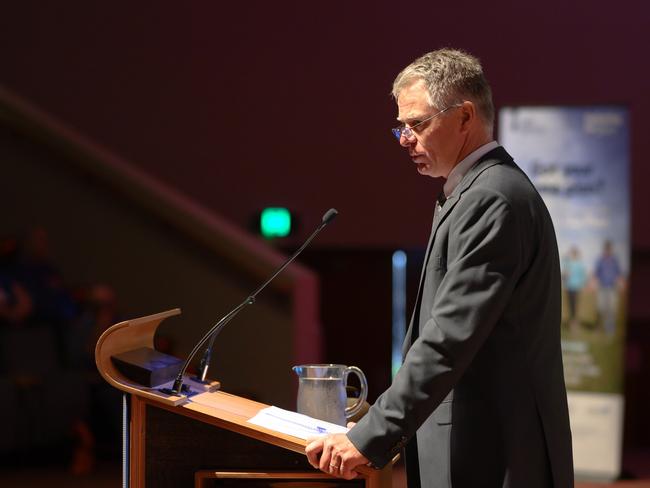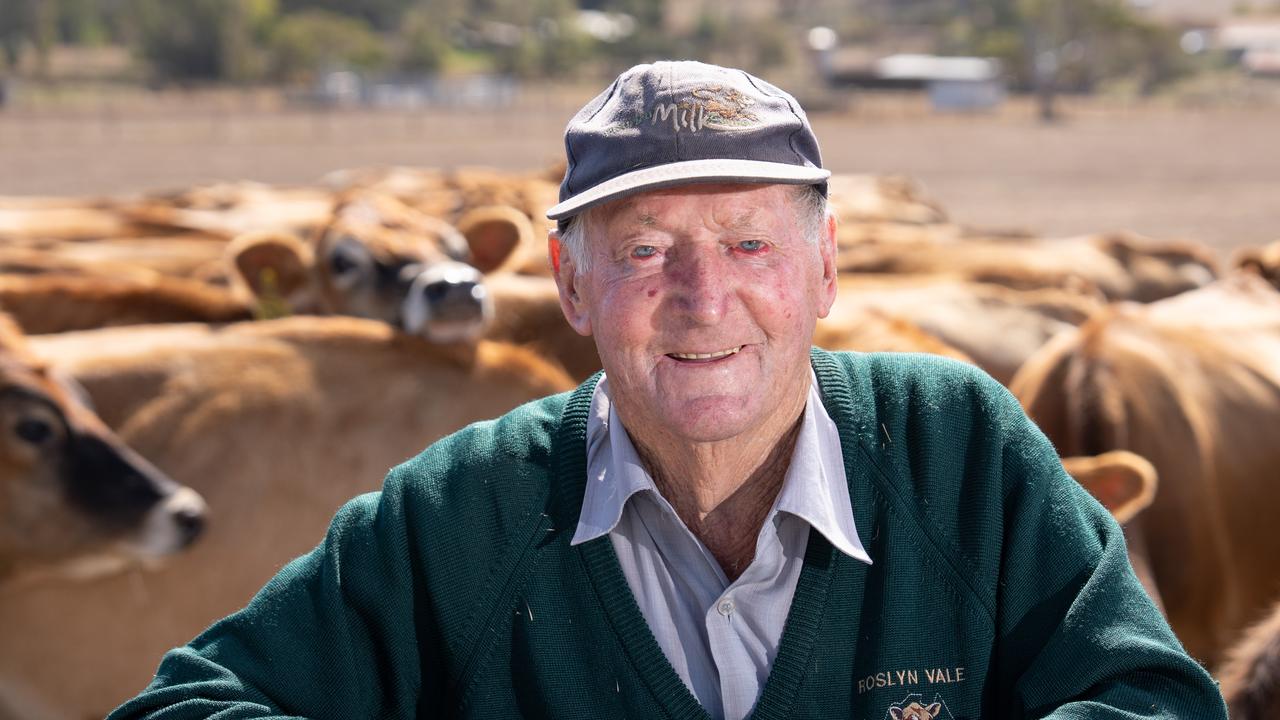WA farmer Dale Hanks is back in the dairy after selling his herd
Many dairy farmers have been tested by nature and economics, but WA’s Dale Hanks was nearly broken by a man-made dilemma.
Like many farmers who make money from milk, 2016 was a year to forget for Dale Hanks.
But his dairy dilemma was different to most in that tumultuous 12-month period.
West Australian processor Brownes stopped picking up milk from his farm at Harvey, 140km south of Perth, in September 2016.
The processor introduced a hardline cost-cutting policy, dropping four major suppliers including Mr Hanks as well as shutting a cheese-making plant at Brunswick.
At the time, the Hanks farm had almost 300 lactating cattle that needed to be milked daily.
WA’s two other major processors — Harvey Fresh and Lion — refused to take the milk.
“We were left high and dry when our contract wasn’t renewed in 2016,” Mr Hanks told The Weekly Times.
“It was gut-wrenching. It had never happened in WA before. You think as a dairy farmer that if one processor doesn’t renew your contract, another will be interested but that wasn’t the case for us. It was a really tricky situation.”

Mr Hanks was one of the keynote speakers at the Australian Dairy Conference in Hobart last month. He told the audience about the need for contingency measures in an industry known for its economic and climatic volatility.
Dozens of headlines were generated by the “clawback” of farmgate prices undertaken by Murray Goulburn and Fonterra in 2016. But the commodity crash hit Australian dairy farmers from coast to coast.
“There was a perceived oversupply in the industry,” Mr Hanks said, explaining the global commodity crash that followed the downing of MH17 over Ukraine had a wide impact across the dairy sector.
“There was the clawback in the eastern states and we had these management movements in the west.”
Mr Hanks left dairy farming for a few years following the 2016 price collapse but is now back milking cows.
“We had structured, that when we sold the livestock, we had cashflow for about 18 months following the sale of our herd,” he said.
“When the cows went a lot of the costs went too. Our dairy was only 17 years old, pretty new in the scheme of things. But we saw the potential in the sector - it has really bounced back.
“The Australian dairy industry is at a crossroads. There are some great opportunities for young people in dairy but it’s got to be backed up with a sustainable sector overall.”





